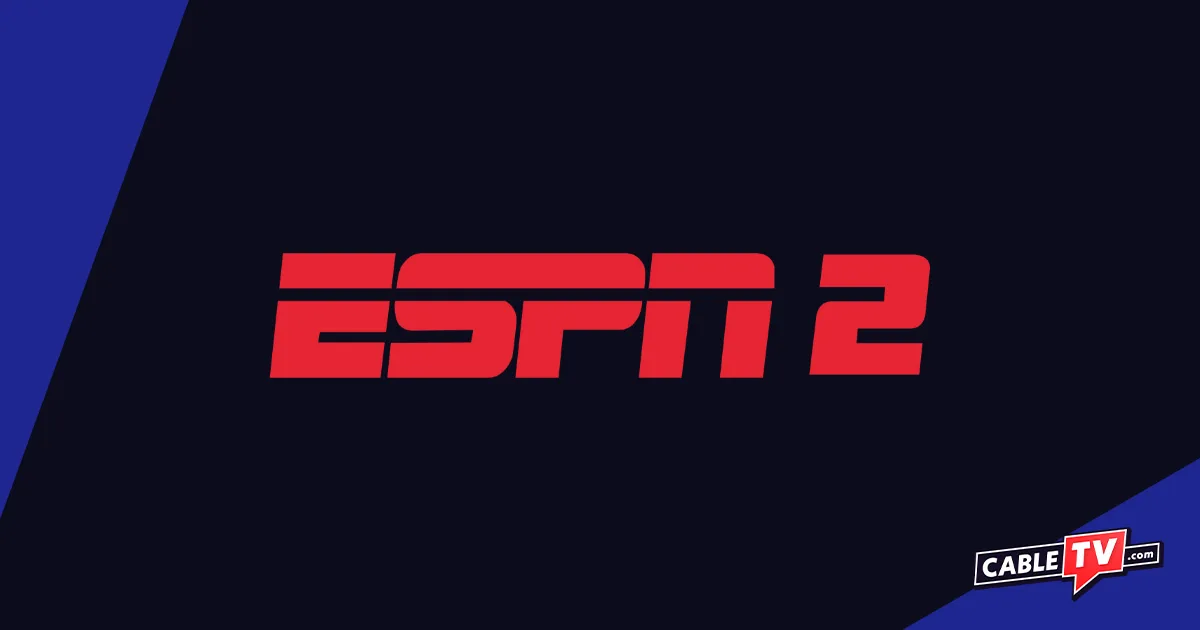Looking for the best way to watch the Super Bowl? The week leading up to the big game is a great time to catch last year’s TVs at low prices. After February, you won’t see similar deals again until the end of the year.
Generally, for a great deal on a TV, start looking around November. Current TV models go on sale in November and stay that way until they sell out in January and February. New TV models hit the market in spring, but this is also when the TVs are at their most expensive.
Sales trends can tell you when to buy a TV
- If you don’t want to spend a lot of time researching, you really can’t go wrong with buying a TV any time between November and February.
- If it’s been a better-than-expected year for TV sales, buy late in the year, like on Black Friday (at the end of November).
- If it’s been a worse-than-expected year for holiday TV sales, buy early the next year, like before the Super Bowl (at the beginning of February).
- When consumers buy fewer TVs than expected, vendors are stuck with a lot of inventory, and they want that warehouse space for the new stuff that comes in January. If you see reports of “disappointing sales,” expect killer deals early in the new year.
- One good way to stay informed about how sales are going is to set a Google alert for “TV sales”. This is simple to do and will send you an email anytime Google discovers anything published online about the topic. Not only will this keep you informed about TV sales trends, but it may also alert you to promotional offers that could result in the best overall prices.
- Realize that the best deals will be on older models, so don’t avoid those. TVs introduced in prior years are often the most deeply discounted TV sets.
Why do TV prices change?
As with most big-ticket items, the highest search volume for “TV deals” is just before Christmas—and it’s especially high in November.
Manufacturers cut prices on older TVs in November, so Black Friday sales (and January clearance sales) might be less about competition and more about clearing out inventory. As a general rule, you won’t find big deals on brand-new technology, especially on the luxury side.
Deciding whether to buy before or after Christmas may also depend on the TV. For example, one of the best deals we’ve seen lately is this awesome Sony 4K Ultra HD TV. As you can see, the price has already been slashed, and you may see it reduced again as we approach the holidays.
The “post-season” for TVs is after Christmas, through January and February. There are plenty of sales and great deals on year-old TV models during the holiday, but if you’re a patient bargain hunter, you’ll wait to see how desperate vendors get to sell their stock before you strike.
Tips on when to buy a TV

November is always a good time to buy a TV
Experts from both Time and Consumer Reports noted that TV prices decrease in the fall and dip even more during pre-Christmas sales. So, buying in November is always a good bet.
You can find even better deals in January and February if stock is still available
As companies release the new year’s models, the previous year’s televisions need to be cleared off the shelves. This can mean big savings if you don’t mind getting last year’s model, but you can’t always be sure they’ll last that long.
Super Bowl savings are actually on last year’s TVs.
Many people think you can get a good deal on a new TV just before the Super Bowl. That’s almost true. You can often get a good deal on the previous year’s models early in the year, which happens to coincide with the Super Bowl.

It’s difficult to find low prices on TVs in the current model year.
Because TV manufacturers need to clear out old stock to use the shelf space for new TVs, you will always find better deals on older TVs. Additionally, the newest TVs usually have some form of technology upgrade that the manufacturers will inevitably attempt to cash in on.
Get the right service for your TV
If you plan to use your TV for streaming video, playing video games, or watching movies on Blu-ray, you’ll probably find plenty of HD content. But if you want to watch actual television programming, you can’t get the most out of your HD TV without a good subscription package.
This is because if a show isn’t broadcast in HD, it can’t be displayed in HD—even on an HD TV. You need an HD channel to get an HD picture. If you don’t subscribe to any HD channels, your HD TV will still display the standard channels in standard definition.
Most television providers have packages with plenty of HD channels—make sure you have one of those packages before you invest in an HD TV.
To find television providers with HD packages in your area, enter your zip in box below.
Many new TVs have Ultra High Definition (UHD) capabilities, and networks are slowly upgrading to that picture quality. But if your favorite networks can’t broadcast in UHD, you may want to save yourself the expense of the top-tier technology and purchase a regular HD TV instead.
If you aren’t sure which TV to buy, check out some of our recommendations in the posts listed below.
Happy bargain hunting.





